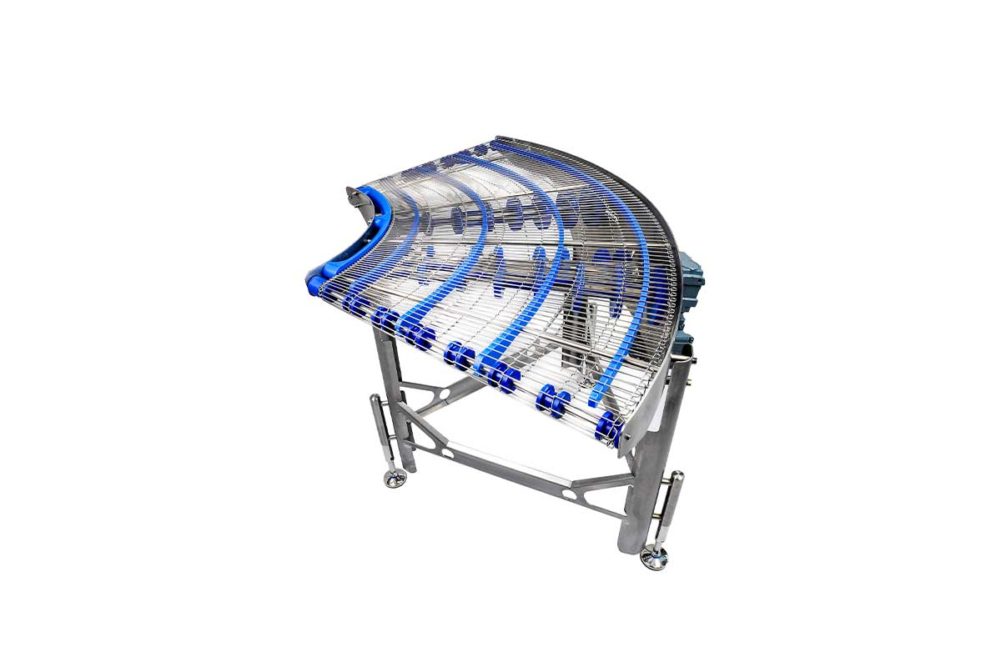That squeaking, squealing and even growling from conveyors is a sure sign that bad things are about to happen. Sometimes engineers can just touch a motor and feel that something is not right with it.
“Excessive noise or vibration is almost always a calling card for developing trouble,” said Clint Adams, vice president of sales and marketing, CBF Bakery Systems. “Conveyors give many clues from bearing squeal due to poor lubrication to chattering from misaligned drive sprockets. Other phenomenon like surging relates to poor management of belt tension or slack. Bakers should encourage their personnel to actively note abnormal noises and vibrations for remedial action.”
Rick Milner, product line support leader, Wire Belt Co. of America, noted that vibrations can cause a conveyor’s set screws to loosen in the sprockets and cause them to move across the shaft, resulting in belt failure. Other issues such as shaft bearings can seize up if not maintained.
“The best solution would be to have sealed bearings where water and dust can accumulate to eliminate a seizing issue,” he said. “Transfer rollers can stop rotating due to lack of lubrication.”
Mr. Milner recommended using standard operating procedures such as checking for conveyor squareness, worn components, drive sprocket misalignment or conveyor-to-conveyor snags, to name a few.
“You should not wait until there is a failure to service a conveyor,” he said. “Preventative maintenance is a key to lessen downtime.”
In some cases, the sound from a bad bearing or motor goes unnoticed amidst the din in some bakeries. Check for noises on the line during routine maintenance on a quieter non-production day, advised John Miller, service manager at Quantum Technical Services.
“That’s when I can hear a bad gear box or the bearings growling,” he said. “Another thing I use is feel. If I walk up to a motor and I put my hand on it and it’s burning hot, I know that the bearings could be going bad and maybe that gearbox’s oil has been leaking out of the seal.”
Mistracking of belts can often be seen visually, Mr. Miller added. Inspect the V-guides to help keep the belt in the rollers. If the belt’s V-guide is coming out of the roller’s groove, that’s a sign the bearings are not moving freely on one end, belt tracking is not properly adjusted or even the belt in defective.
Tom Trost, sales manager, Quantum, recommended keeping vital spare parts on hand because trouble often starts before operators notice it.
“By the time you hear it, it’s kind of late, and you’re having a breakdown,” he said.
This article is an excerpt from the March 2023 issue of Baking & Snack. To read the entire feature on Conveyors, click here.





